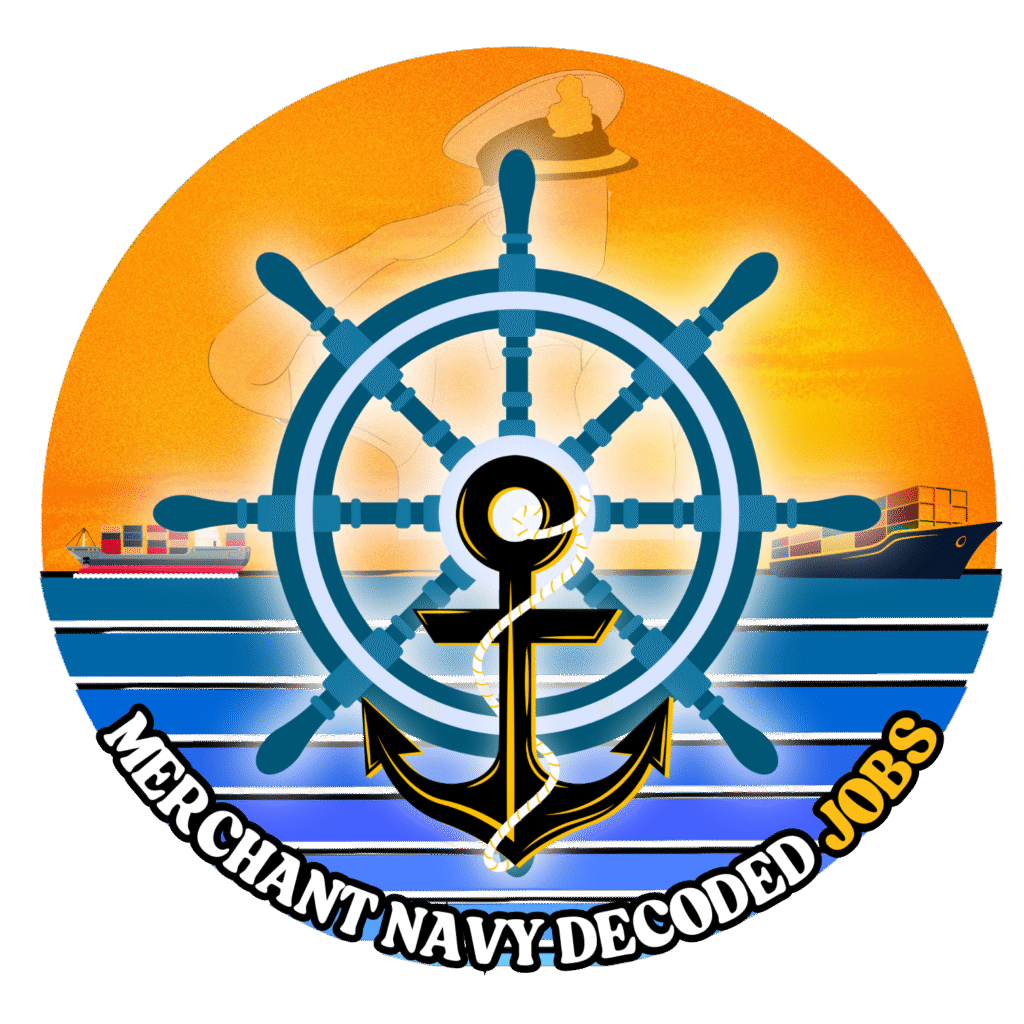Oil/Chemical vessel (Oil/Chemical experience required) – Immediate joining
Urgent requirements for Indian / Russian nationality
Oil/Chemical vessel (Oil/Chemical experience required) – Immediate joining
Urgent requirements for Indian / Russian nationality
 Merchant Navy Decoded Jobs
Merchant Navy Decoded Jobs
Sign in to access your job applications and personalized profile
By continuing, you agree to our Terms of Service and Privacy Policy